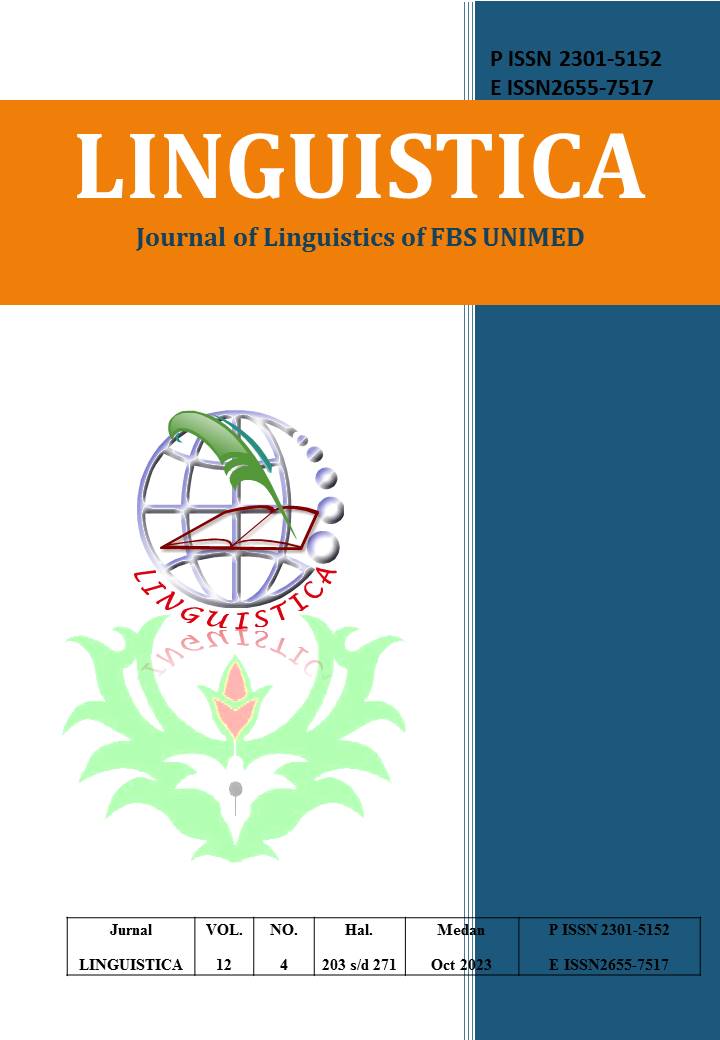ANALYZING TRANSLATION STRATEGY OF ONLINE MEDIA™S NEWS CONTENT USING SKOPOS PERSPECTIVE
DOI:
https://doi.org/10.24114/jalu.v12i4.52490Abstract
This research will answer the question and correlate it with the term of translation, especially through Indonesian to English. Using Skopos theory perspective, the researcher is able to analyze several functions and translation strategies that are used in translating the content of the news articles. Vermeer's Skopos theory has three important rules, namely the Skopos rule, the Coherence rule, and the Fidelity rule. Skopos theory will also bridge the choice of Bielsa's and Bassnett's translation strategies that are suitable for use in the English version of the Antaranews article. This research method is of the library research type, starting with the collection of 11 news articles from Antara in Indonesian and English, respectively. The Indonesian articles became the subject of source language research, while the English ones became the subject of target language research. Then each article was examined carefully, sentence by sentence in order to discover which translation strategy Bielsa and Bassnet models were used. To determine the translation strategy, the researcher integrates the Skopos theory which serves as an indicator of determination in the target language. Based on the research, it was found that Antara's news articles have implemented five kinds of translation strategies, namely: Changing Title and Lead, Removing Unnecessary Information, Adding Important Background Information, Changing the Order of Paragraphs, and Summarizing Information. The findings in the form of translation strategies that can be determined using Skopos theory in this study are expected to help research related to the world of translation at large.Downloads
Published
2023-10-31
Issue
Section
Articles
License
Copyright (c) 2023 I MADE DWI KARDIASA, I NYOMAN UDAYANA, I GUSTI AGUNG ISTRI ARYANI

This work is licensed under a Creative Commons Attribution-ShareAlike 4.0 International License.
Authors who publish with this journal agree to the following terms:
- Authors retain copyright and grant the journal the right of first publication with the work simultaneously licensed under a Creative Commons Attribution License that allows others to share the work with an acknowledgment of the work's authorship and initial publication in this journal.
- Authors are able to enter into separate, additional contractual arrangements for the non-exclusive distribution of the journal's published version of the work (e.g., post it to an institutional repository or publish it in a book), with an acknowledgment of its initial publication in this journal.
- Authors are permitted and encouraged to post their work online (e.g., in institutional repositories or on their website) prior to and during the submission process, as it can lead to productive exchanges, as well as earlier and greater citation of published work (See The Effect of Open Access).
- This work is licensed under a Creative Commons Attribution-ShareAlike 4.0 International License.

